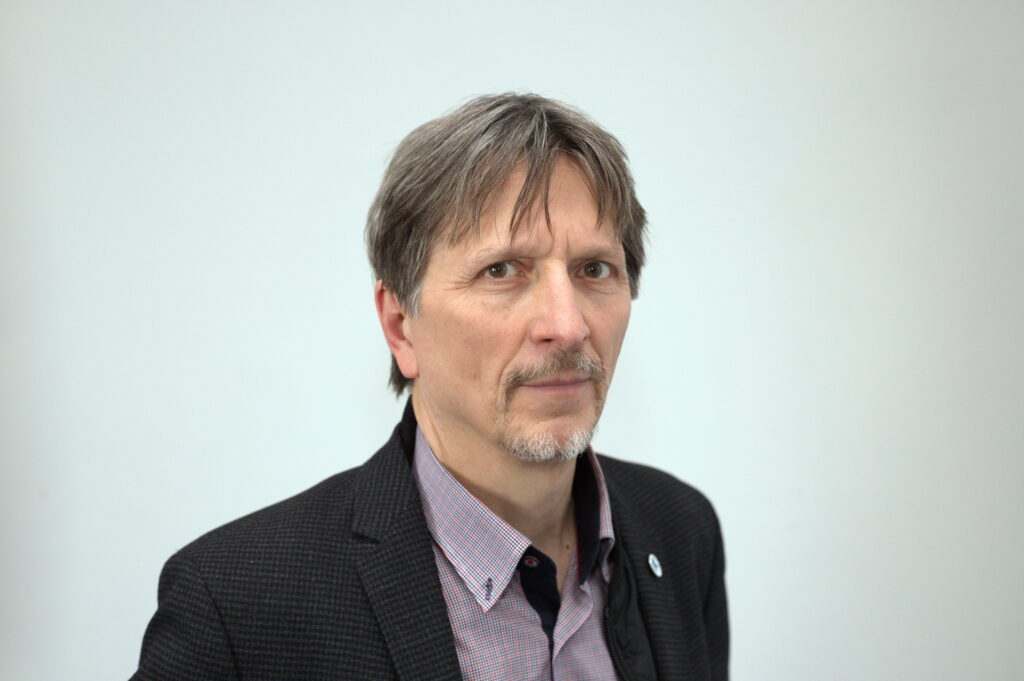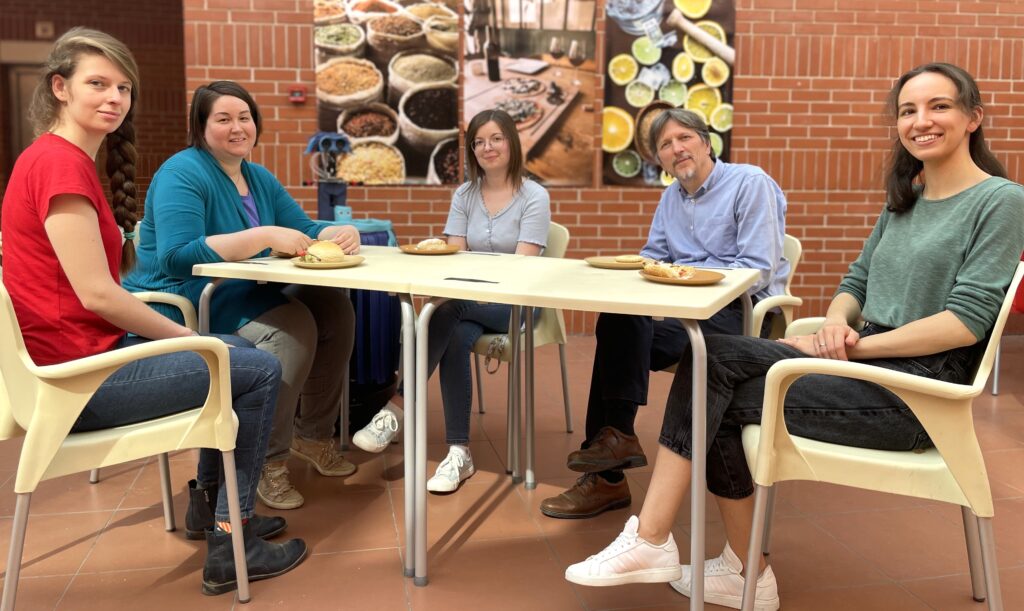Research leader name
Ádám Miklósi

The concept of Industry 4.0 is based on the emergence of devices that can communicate with each other, are networked and can make autonomous decisions. In the context of robotics, this change foresees the emergence of agents that form groups that collaborate with humans. Although many researchers and engineers have predicted the growing emergence of so-called social robots and the EU has provided significant financial support, the expected breakthrough has not yet materialised.
Downloads
Over the past 10-15 years, social robotics has failed to deliver on its promises. Our previous theoretical and practical research clearly suggests that social robotics has chosen a less fortunate top-down approach to development rather than the usual bottom-up approach. The emphasis was on developing overly complex (human-like) skills, while neglecting the development of the ethologically fundamental social skills of the companion robots?
The aim of the research group is to lay the foundations for the development of companion robots that, in collaboration with humans, can make a significant contribution to achieving a goal/task while demonstrably reducing the need for human labour. Since the basic function of social robots is to cooperate with humans, it was natural that human-dog interaction would be a good biological model for this purpose. This led to the formulation of the concept of ethorobotics, whereby the design and implementation of companion robots must be subordinated to an ethological set of rules for behaviour before robots can be endowed with complex cognitive capabilities.
We have developed the basic ethological procedures that allow us to explore the mechanisms underlying certain socio-cognitive functions. We have found and put into practice the basic methodological approaches that allow us to measure interactions based on communication and cooperation between two cooperating organisms, as well as between inanimate agents and living organisms. We developed the main rules of a mind model for social interactions, using specific comparative cognitive tests, observations based on animal-robot interactions, and large amounts of behavioural data (based on spatial motion).

The central theme of our grant is cooperation between a human and an agent, which in ethological terms means that the two partners are capable of solving a task that neither of them could do alone (complementary cooperation). Starting from the human-dog interaction that enables successful cooperation in different contexts, we build a bottom-up set of ethological rules that enable effective human-robot interaction through social competence.
- We investigate which specific features (e.g., social alertness, attention, distance control, internal state signalling) are important for enhancing the social competence of companion robots and how they contribute to the acceptance and persuasiveness of robots for this purpose, taking into account technological limitations.
- Using human-dog cooperation as a model, we can create a set of rules to enhance the cooperative skills of robots, which will be tested by setting up simple social interactions in near-natural conditions.
- On this basis, we will analyse the performance and behaviour of ethology-based companion robots interacting with humans, and collect the experiences of subjects interacting with them in real field conditions (in a restaurant, in a nursing home).
On the practical side of R&D, we are working with our partners to create the hardware and software that will underpin prototypes of social robots. To develop the right functionality, we have built a superstructure for a purchased industrial robot platform and developed a software framework that can be extended to other types of robots in the future.
The expected outcome of our research is a socially agential, human-efficient, assistive etorobot prototype that can actually cooperate successfully, reducing the need for human labour. The robots developed on the basis of our idea could be successfully integrated into work in offices, cafés or nursing homes.



